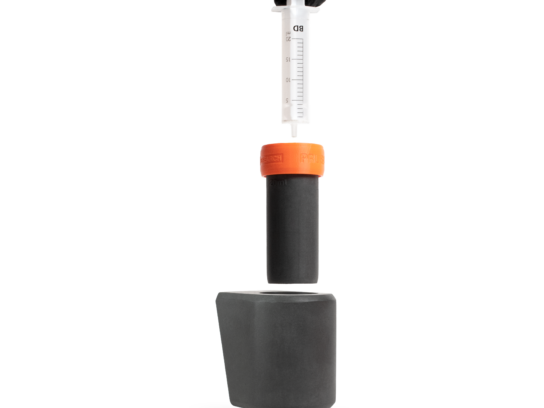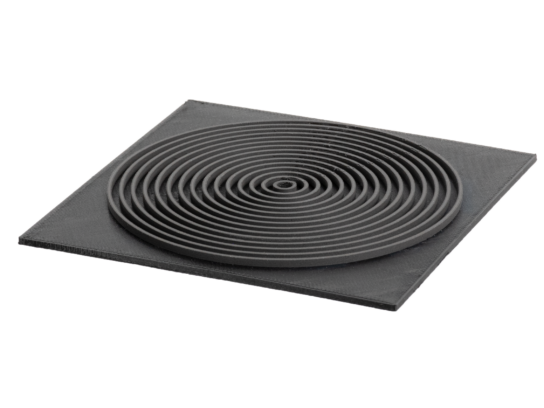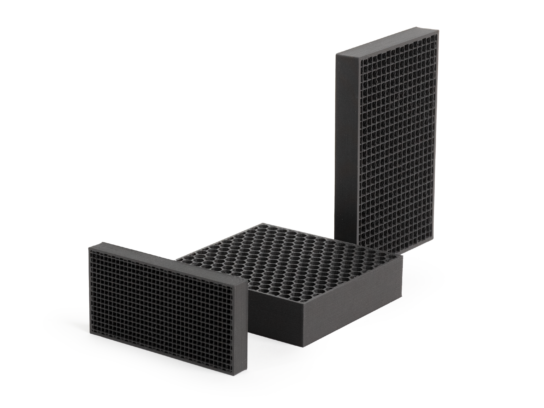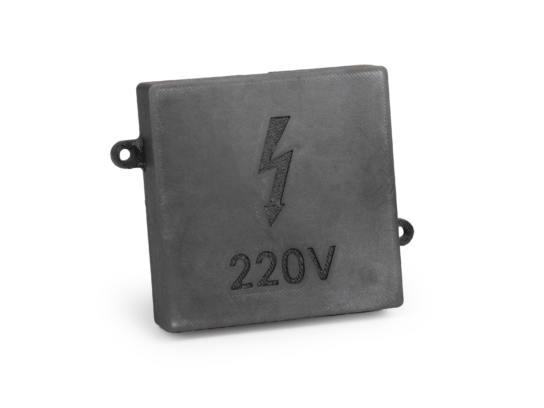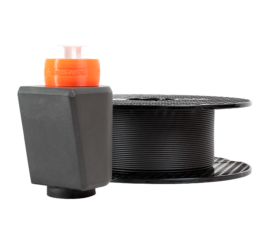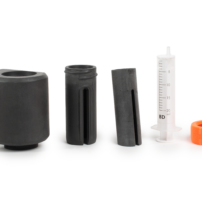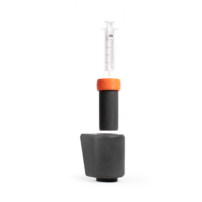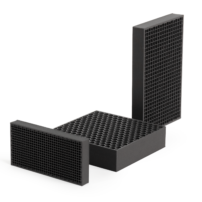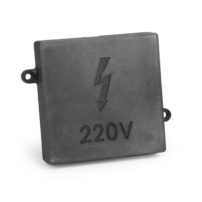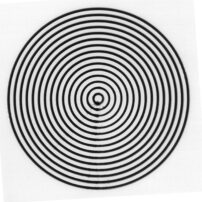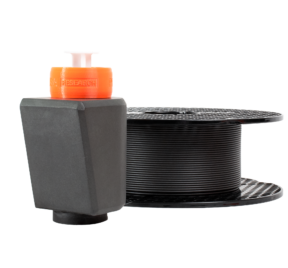
Prusament PETG Tungsten
Prusament PETG Tungsten 75% is a non-reactive, hypoallergenic and non-toxic material used for various medical applications. Its high density is perfect for creating complex radiation-shielding components in an easier and faster way compared to conventional methods.
Characteristics
Pros
- Radiation shielding
- Good chemical resistance
- Non-reactive
- Hypoallergenic
- Non-toxic
Cons
- High-density material (less meters of filament for the same weigh)
- High price
- Hardened steel nozzle required
Details
- Printing difficulty
- Easy
- Toughness
- Low
- Odor
- Low
- Solubility
- No
- Print speed
- Fast
- Abrasivity
- High
- Temperature resistance
- 94 °C
- Susceptibility to warping
- Low
- Post-processing
- Easy (easy dry and wet sanding)
- Elasticity
- None
- Hard to break
- No
- Hard to break the filament
- Yes
- Polishing the prints
- Yes
Prusament PETG Tungsten 75% has a lot to offer – its non-reactive, hypoallergenic and non-toxic properties make it ideal for various medical applications. Additionally, its high density is perfect for creating complex radiation-shielding components in an easier and faster way compared to conventional methods.
Tungsten, also known as Wolfram (chemical symbol W, atomic number 74), is one of the heaviest metals in the periodic table. With its density of about 19 grams per cubic centimeter, it is comparable to gold and it is about 1.7 times denser than lead (chemical symbol Pb, atomic number 82). Because of its atomic number, tungsten can be used in various applications as x-rays and gamma-ray radiation-shielding material. It is a mostly non-reactive element that does not react with water, oxygen, or with room temperature air. Unlike lead, tungsten is hypoallergenic and non-toxic, which makes it perfectly suitable for medical applications.
Materials with such high density are generally very difficult to machine, can be very expensive, or even toxic. These materials’ inherent properties make the classic manufacturing methods undesirable. Additive manufacturing provides the potential to create complex/individualized shielding components more easily and sometimes at a reduced cost.
Download Safety Data Sheet (PDF)
Printer requirements
| Bed | Temperature: 80 ± 10 °C Heated Bed is necessary |
|---|---|
| Print Surface | Satin or TXT steel sheet cleaned with IPA |
| Extruder | Temperature: 260 ± 10 °C A hardened steel nozzle is needed |
| Cooling | Not recommended |
Note that the Prusament PETG Tungsten 75% print profile is not included in PrusaSlicer, please download the Config bundle (MK3S+) here. If you need a print profile for another 3D printer, contact our support and we will gladly help you out.
Available colors
Beginners tips & tricks
Print surface preparation
We recommend using the same print surface preparation as for pure PETG: the best print sheets are satin and textured. The smooth print sheet should be used only with a separation layer (glue stick).
Printing with a hardened nozzle
Keep in mind that tungsten is a highly abrasive material. Always use a hardened nozzle when printing with this material.
Beware of clogging
Always remember that any printer issues may lead to a significant decrease in radiation shielding properties. Don’t forget to clean and calibrate your printer properly. We recommend testing the printer with our calibration object.

